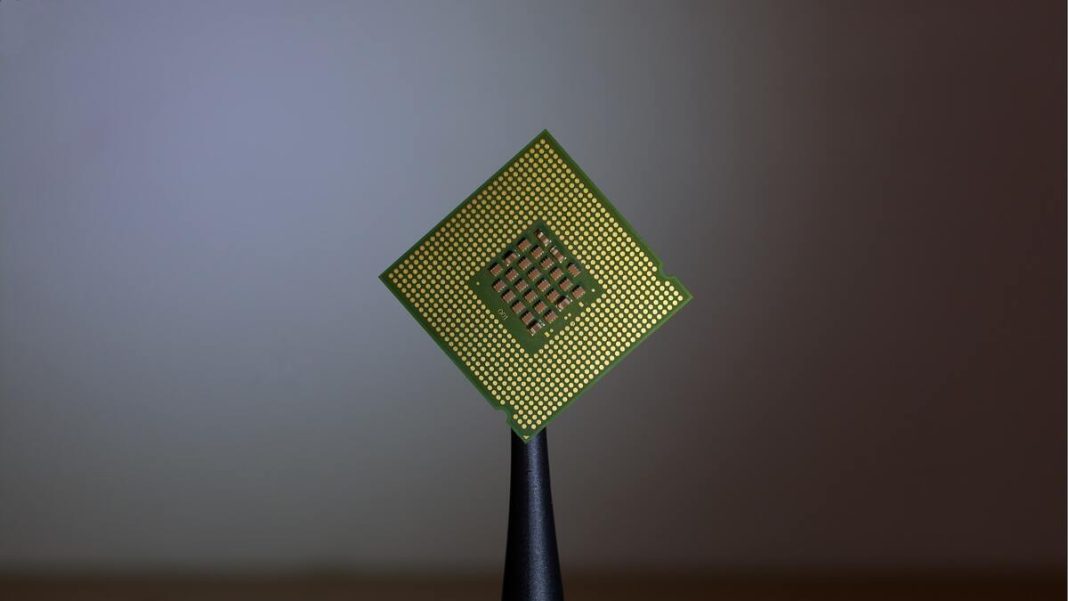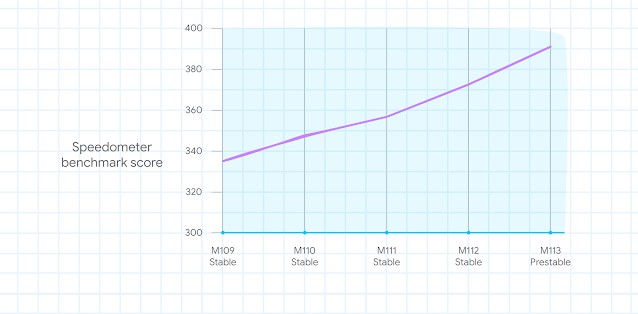With the announcement of the future Snapdragon 8 Gen 4 and Dimensity 9400, Qualcomm and MediaTek want to keep up with Apple’s flagship technology thanks to the collaboration with TSMC.
Qualcomm and MediaTek have long competed with Apple in the race to innovate in mobile chipsets. If until now it felt like it was a generation behind in leveraging TSMC’s most advanced technologies, the next steps announced point to a future of equal competitiveness. Both companies are preparing to work on their new SoCsIt Snapdragon 8 Gen 4 and that Dimension 9400with the promise to close the gap with the bitten apple.
A well-known industry insider, Digital chat stationreveals that the new SoCs will benefit from this TSMC’s 3nm process, suggesting superior performance and greater energy efficiency. Although some important details are still missing, this preview signals a significant leap in quality.
For comparison, the current Snapdragon 8 Gen 3 and Dimensity 9300 use TSMC’s N4P process, a choice dictated by the high cost of the 3nm node “N3B” employed at Apple. However, TSMC has improved the situation with its new technology N3Ewhich appears to offer better returns and lower costs.
MediaTek in particular announced its partnership with TSMC at the beginning of the year, which envisages series production from 2024 and promises significant improvements: a 18% performance increase It is a 32% energy savings compared to the previous generation N5. Although Qualcomm hasn’t made any official announcements yet, it expects to adopt a similar production process for its Snapdragon 8 Gen 4.
The comments are interesting Snapdragon 8 Gen 4which involves the use of Qualcomm’s custom Oryon cores, while in relation to the Dimension 9400DCS points out limitations without giving details.
One aspect that should not be overlooked is this High costs tied to production using TSMC’s 3nm process. A Qualcomm official suggested that the custom Oryon cores would make the Snapdragon 8 Gen 4 more expensive than its predecessor. This could force Android device makers to make a difficult decision between reducing profit margins or increasing flagship prices in 2024.




